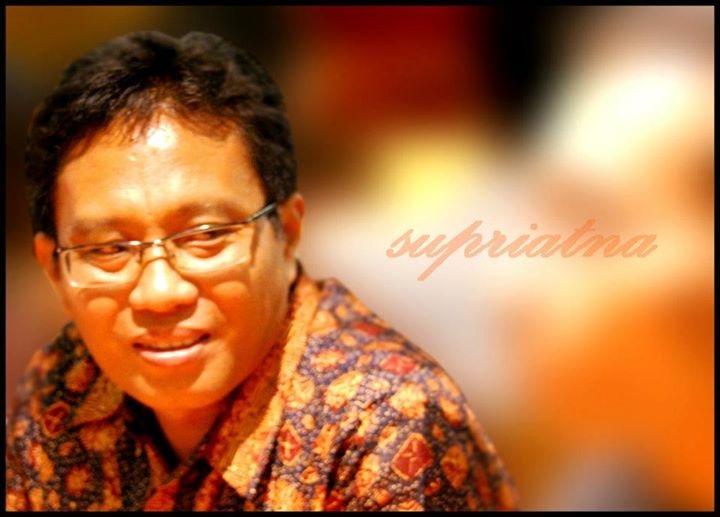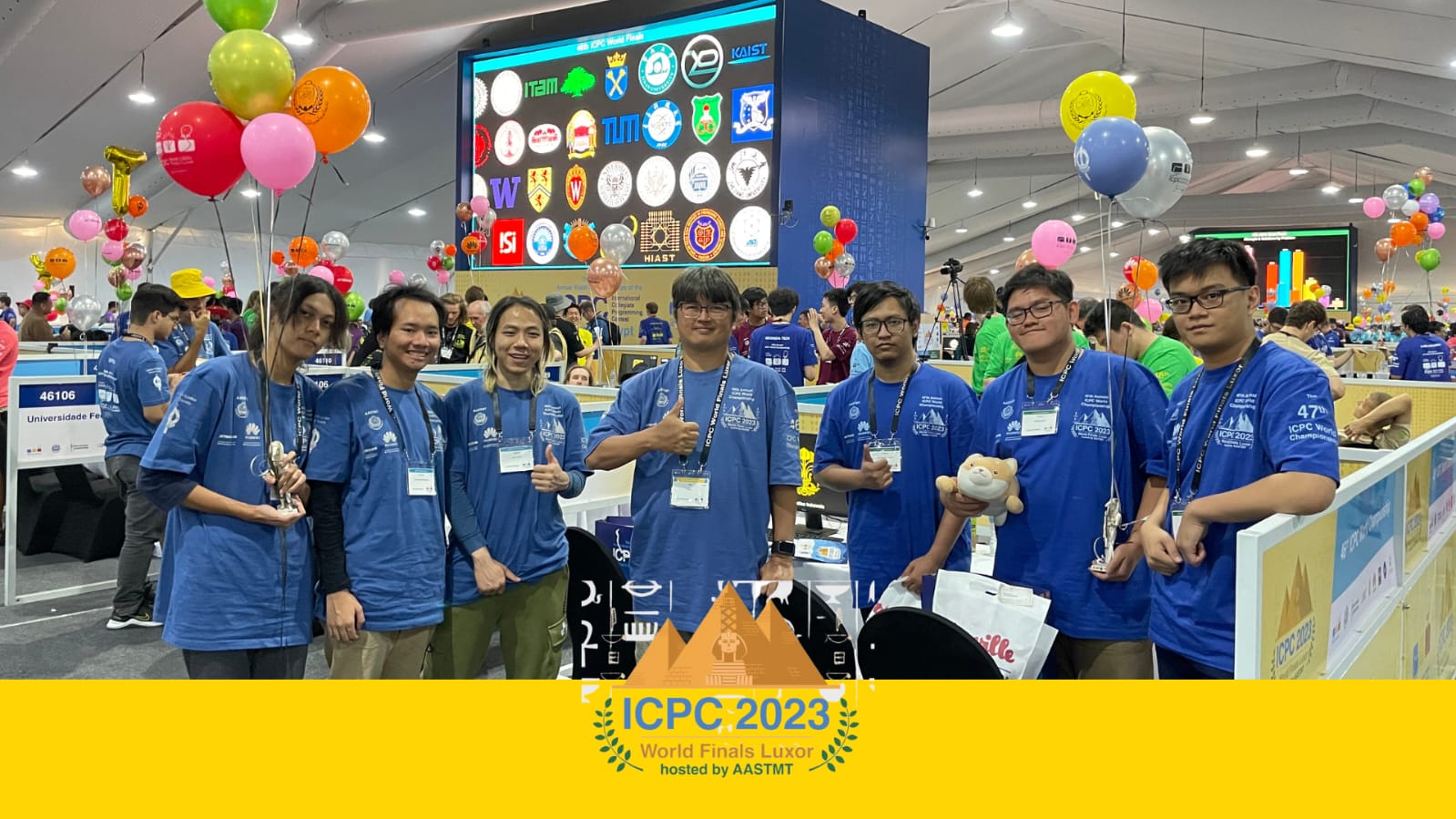
Universitas Indonesia (UI) welcomes the visit of Universitas Gadjah Mada (UGM) to discuss the procedures and governance of multi-storey buildings in the university environment. The meeting, which examined governance, financing, energy consumption, asset management units, and faculty asset management at UI, was held in Meeting Room A, 2nd Floor, Universitas Indonesia Administration Center, Depok, on Thursday (1/9).
Also attending the meeting were Director of Facility Operation and Maintenance (DOPF) UI, Dr. Dwi Marta Nurjaya, S.T., M.T.; Vice Dean for Finance, Assets, and Human Resources, Faculty of Engineering UGM, Ir. Muslikhin Hidayat, S.T., M.T., Ph.D., IPU; and sub-directorates within DOPF UI. Also present were all lecturers from the Faculty of Engineering UGM, including Prof. Dr. Eng. Deendarlianto, S.T., M.Eng.; Ir. Agam Marsoyo, M.Sc., Ph.D.; Dr. Eng. Ir. Ahmad Sarwadi, M.Eng., IPM.; Dr. Bilal Ma’ruf, S.T., M.T.; Dr. Eng. Ir. Wawan Budianta, S.T., M.Sc., IPM.; and Robertus D. D. Putra, S.T., M.Eng., Ph.D..
According to Dr. Dwi Marta, UI has the same maintenance scheme for both high-rise and non-rise buildings. This treatment is based on regulations issued by the Ministry of Public Works and Housing of the Republic of Indonesia (PUPR RI). In the regulation, building maintenance is standardized, especially for buildings that are State Property. The guidelines that refer to the PUPR provisions are then derived in several regulations, namely the Standard Operating Procedure (SOP) and the Rector’s Regulation on Asset Management.
“With this visit, we can learn together. In the SOP for building maintenance, UI does not separate maintenance between multi-storey and non-storey buildings, but almost 80% of the buildings at UI are multi-storey. In fact, in the current rules for new building construction, UI buildings must consist of at least 8 floors to maintain green open areas. If a building is built with only 4 or 5 floors, we will not give permission,” said Dr. Dwi Marta.
Reflecting on UI’s experience, Ir. Muslikhin wants to know the procedures and obstacles that UI encounters in managing multi-storey buildings. “We were assigned by the Senate of the Faculty of Engineering UGM to develop a guide line as a guide in managing the two new buildings so that they can be operated effectively so that the performance of the Faculty of Engineering can improve from time to time. The new building is the Smart Green Learning Center (SGLS) consisting of 11 floors used for lectures and the Engineering Research and Innovation Center (ERIC) consisting of 5 floors as an innovation center,” said Ir. Muslikhin
According to Prof. Deendarlianto, SGLS is designed to be a green building. Meanwhile, the ERIC building is expected to deliver faculty research to industry, just like the Integrated Creative Engineering Learning Lab (I-CELL) at UI. “Within this year, there will also be a plan to transfer assets, namely a building called Pantai Laboratory from BRIN to the Faculty of Engineering. Of course we want to learn from UI which also has extraordinary buildings,” said Prof. Deendarlianto.
Currently, UI is concentrating on getting green building certification. There are two buildings at UI that received the certificate, namely the Student Activity Center Building (Pusgiwa) and the I-CELL Building. Pusgiwa UI is the grandest Student Activity Center building in Indonesia, consisting of 8 floors and 2 towers with a total of 16 floors. Both buildings are equipped with rainwater harvesting systems that will be used for flushing bathrooms and watering plants.
In the near future, UI will also build the Science Techno Park (STP) Building and a new building for the Faculty of Administrative Sciences. The STP building was built with State Sharia Securities (SBSN) funds from the Ministry of Education, Culture, Research and Technology (Kemdikbudristek), while the new FAS building was built with grant funds from the Ministry of Public Works and Public Housing (PUPR). This development must be approved by the Rector and in accordance with the applicable UI Master Plan.
“In the past, the UI Campus Masterplan was submitted to the local government so that the construction of buildings in accordance with the masterplan did not require a Building Permit (IMB). Currently, both funding from DIPA, SBSN, and others require IMB. If there is no IMB, the building is not certified as fit for use or fit for function. For now, UI only has a masterplan for the Depok Campus. The Salemba campus was not created because the area was already full and it was impossible to expand, unless new buildings were built. The development of Salemba Campus was only done on the inside and facade changes on the outside. The Salemba building is maintained because part of it has cultural heritage status,” said Dr. Dwi Marta.

Management and maintenance of UI facilities is carried out by DOPF. There are four areas covered by this unit, namely University Services, Asset and Facility Management, Facility Design and Maintenance, and Construction and Maintenance Supervision. The duties and functions of DOPF, among others, are to utilize the building according to its function; conduct maintenance and/or maintain university buildings periodically; complete guidelines/instructions for the implementation of building utilization and maintenance in the UI environment.
The DOPF is also tasked with carrying out periodic inspections of the building’s function; repairing buildings that have been determined to be unsuitable for function; and demolishing buildings that have been determined to be unsuitable for function and cannot be repaired, can cause danger in their utilization, or do not have a building construction permit, without disturbing public safety and order.
For the maintenance and upkeep of buildings on campus, UI implements two strategies: planned maintenance and unplanned maintenance. The goal is to ensure that incidental repairs to building and infrastructure facilities and operational repair needs within UI can be carried out quickly, well, and effectively.



